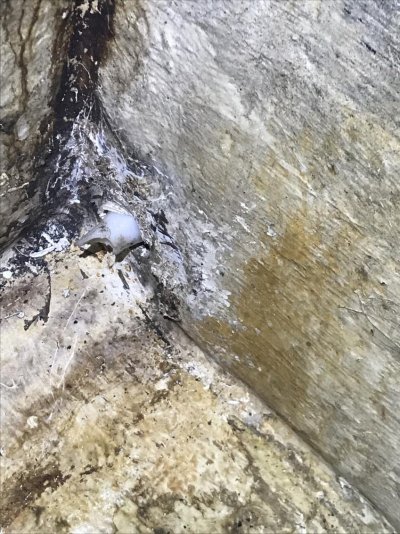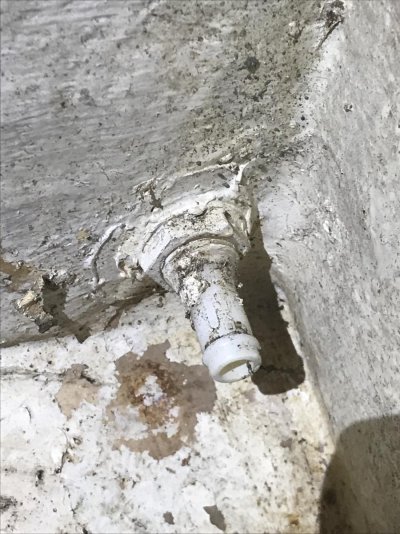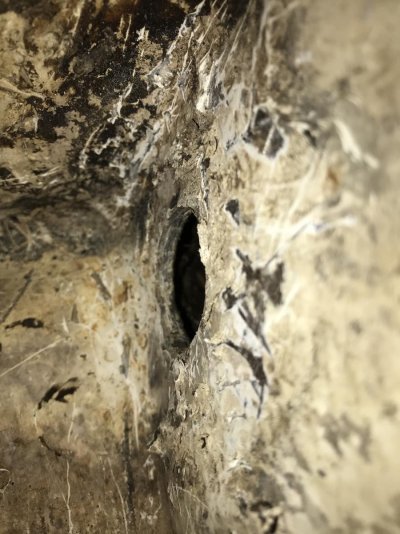Pack Mule
TF Site Team
- Joined
- Jan 24, 2013
- Messages
- 3,749
- Location
- USA
- Vessel Name
- Slo-Poke
- Vessel Make
- Jorgensen custom 44
Ok I have two water tanks that are built in and original to the boat and both are seeping at the fitting at the bottom of the tank . I have two aluminum fuel tanks that I’m not currently using that are basically the same size as each water tank . I can either repair my built in water tanks or maybe replumb the two fuel tanks for water supply. We only use the water for shower and washing dishes .if I use these two fuel tanks for water I will still have 300 gallons of fuel capacity. Can I flush these two fuel tanks to where they are at good enough for my water needs?
Or would you repair the original water tanks?
I could probably cut the tops out and repair or install a couple of poly tanks in their place. Suggestions please.
Or would you repair the original water tanks?
I could probably cut the tops out and repair or install a couple of poly tanks in their place. Suggestions please.







